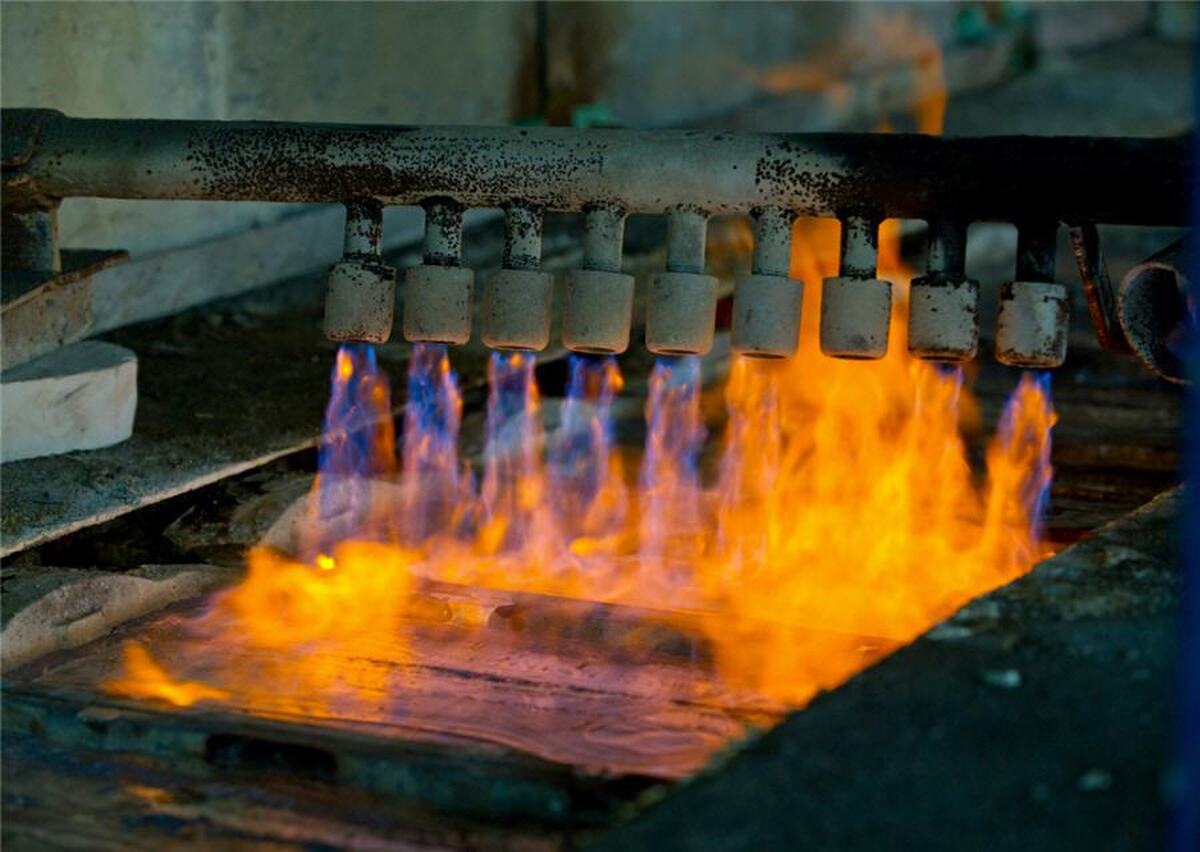
Chuquicamata strike to dent Chile’s copper output

The mine, Codelco’s second largest by size, had been operating at over 60% capacity during the 14-day strike, according to the state-owned company.
BMO Capital Markets analyst Colin Hamilton estimates lost production at 7,000 tonnes, which applying a separate evaluation by Chilean mining consultant PLUSmining, adds up to $35 million.
Tanner Investments’ Felipe Valenzuela forecast a 2.8% decline in Chile’s copper output for June as a consequence of the labour action.
Analysts estimate Codelco’s lost production at 7,000 tonnes or roughly $35 million.
Mining, he says, makes up 11% of Chile’s Gross Domestic Product (GDP), while Chuquicamata’s production — 321,000 tonnes of copper last year — represents only 5.5% of the country’s total output.
Codelco, which last month reported an 18% year-on-year drop in its first-quarter copper output, is in the midst of a $5.6 billion project to turn century-old Chuquicamata into an underground mine.
The last blast at the bottom of the open pit was carried out in November, though copper extraction goes on. The company has said it plans to gradually decrease activities
Chuquicamata’s switch is part of Codelco’s 10-year, $39 billion-overhaul of its core assets, and is expected to extend the iconic mine’s life by at least 40 years. It will also allow the copper giant to keep up production rates, despite falling ore grades and increasing costs at its operations.
Annual production from “Chuqui” — as locals call it — once it has fully transitioned to underground extraction is projected to be 320,000 tonnes of fine copper and 15,000 tonnes of molybdenum.
Codelco, which hands over all of its profits to the state, holds vast copper deposits, accounting for 10% of the world’s known proven and probable reserves and about 11% of the global annual copper output with 1.8 million metric tonnes of production.
Ugly trend
The world’s main copper producing nations have been showing output declines this year, according to the International Copper Study Group (ICSG).
Global production declined 2.4% in February 2019, when compared to the same month last year, with 1,515kt (19,749ktpa) of contained copper produced globally.
Chile led the pack with output down 7.1 % y/y to 415.9kt (5,412ktpa) while Peru, the second main global producer, saw its output fall by 5.1% y/y to 176.1kt (2,296ktpa).



Trump weighs using $2 billion in CHIPS Act funding for critical minerals

Codelco cuts 2025 copper forecast after El Teniente mine collapse

Electra converts debt, launches $30M raise to jumpstart stalled cobalt refinery

Barrick’s Reko Diq in line for $410M ADB backing

Abcourt readies Sleeping Giant mill to pour first gold since 2014

Nevada army depot to serve as base for first US strategic minerals stockpile

SQM boosts lithium supply plans as prices flick higher

Viridis unveils 200Mt initial reserve for Brazil rare earth project

Tailings could meet much of US critical mineral demand – study

Kyrgyzstan kicks off underground gold mining at Kumtor

Kyrgyzstan kicks off underground gold mining at Kumtor

KoBold Metals granted lithium exploration rights in Congo

Freeport Indonesia to wrap up Gresik plant repairs by early September

Energy Fuels soars on Vulcan Elements partnership

Northern Dynasty sticks to proposal in battle to lift Pebble mine veto

Giustra-backed mining firm teams up with informal miners in Colombia

Critical Metals signs agreement to supply rare earth to US government-funded facility

China extends rare earth controls to imported material

Galan Lithium proceeds with $13M financing for Argentina project

Kyrgyzstan kicks off underground gold mining at Kumtor

Freeport Indonesia to wrap up Gresik plant repairs by early September

Energy Fuels soars on Vulcan Elements partnership

Northern Dynasty sticks to proposal in battle to lift Pebble mine veto

Giustra-backed mining firm teams up with informal miners in Colombia

Critical Metals signs agreement to supply rare earth to US government-funded facility

China extends rare earth controls to imported material

Galan Lithium proceeds with $13M financing for Argentina project

Silver price touches $39 as market weighs rate cut outlook


















